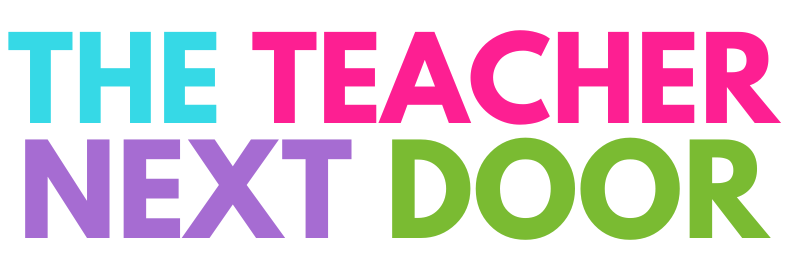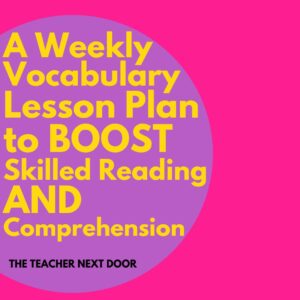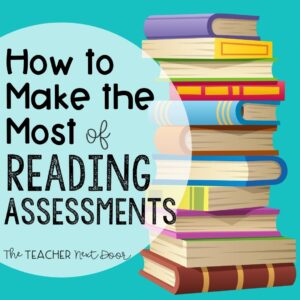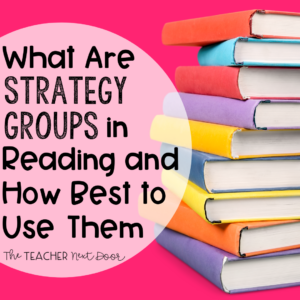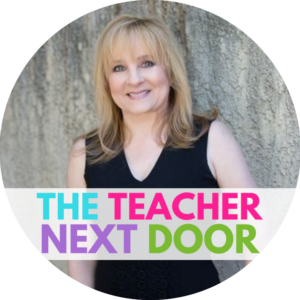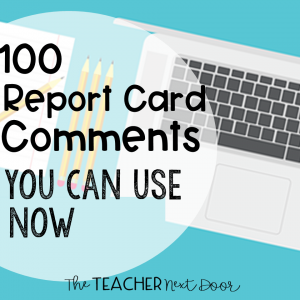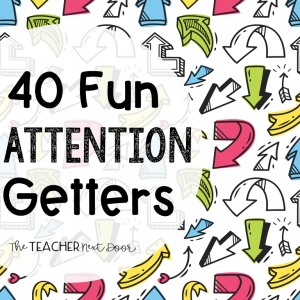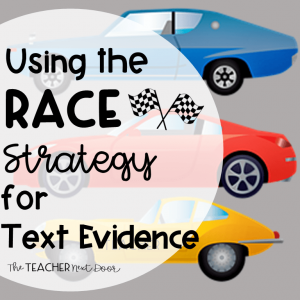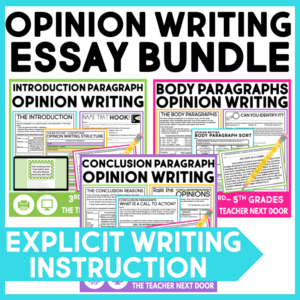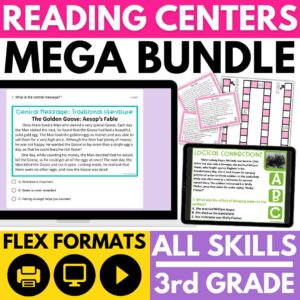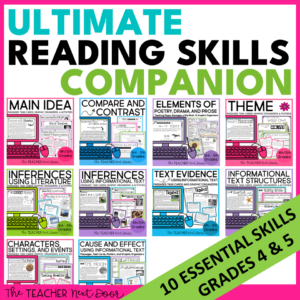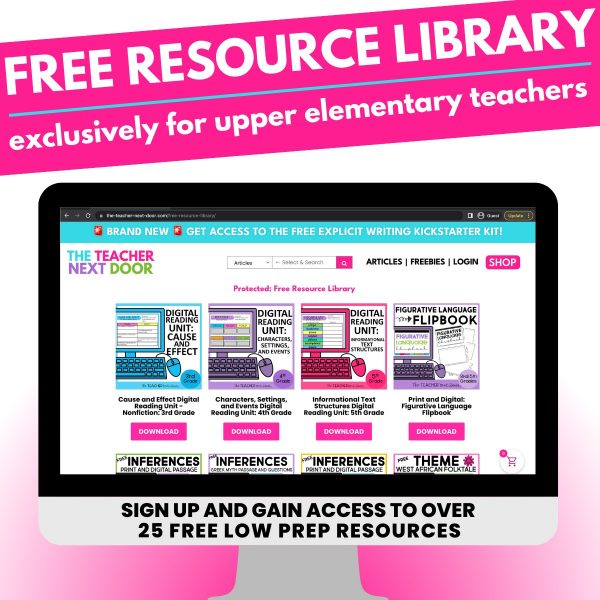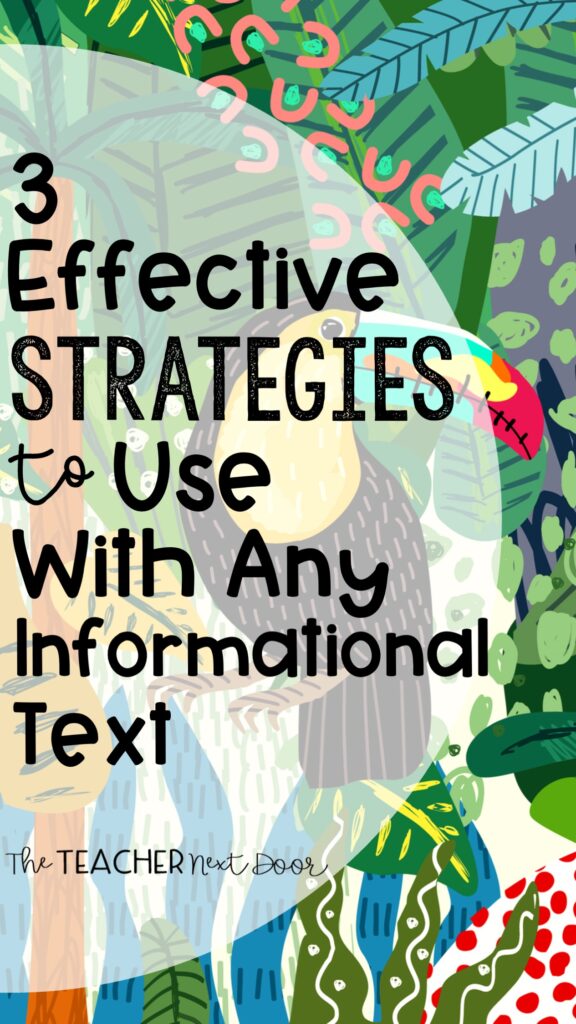
Picture books and other fictional literature have long been a focus in elementary school, and that won’t be changing anytime soon. What has shifted in recent years is that teachers are now asked to spend more time working with nonfiction text.
I definitely understand why we need a good balance between the two. After all, students will continue to read nonfiction texts throughout their education and in real-life situations after they finish school.
On most curriculum maps, reading and comprehending informational texts comes up at the end of the year. Still, it is truly a culmination of the informational strategies that you’ve been working on all year.
Students will read all kinds of informational texts during 3rd, 4th, and 5th grades, in Language Arts, Science, and Social Studies, and you, of course, are going to do your best to make sure they understand what they read!
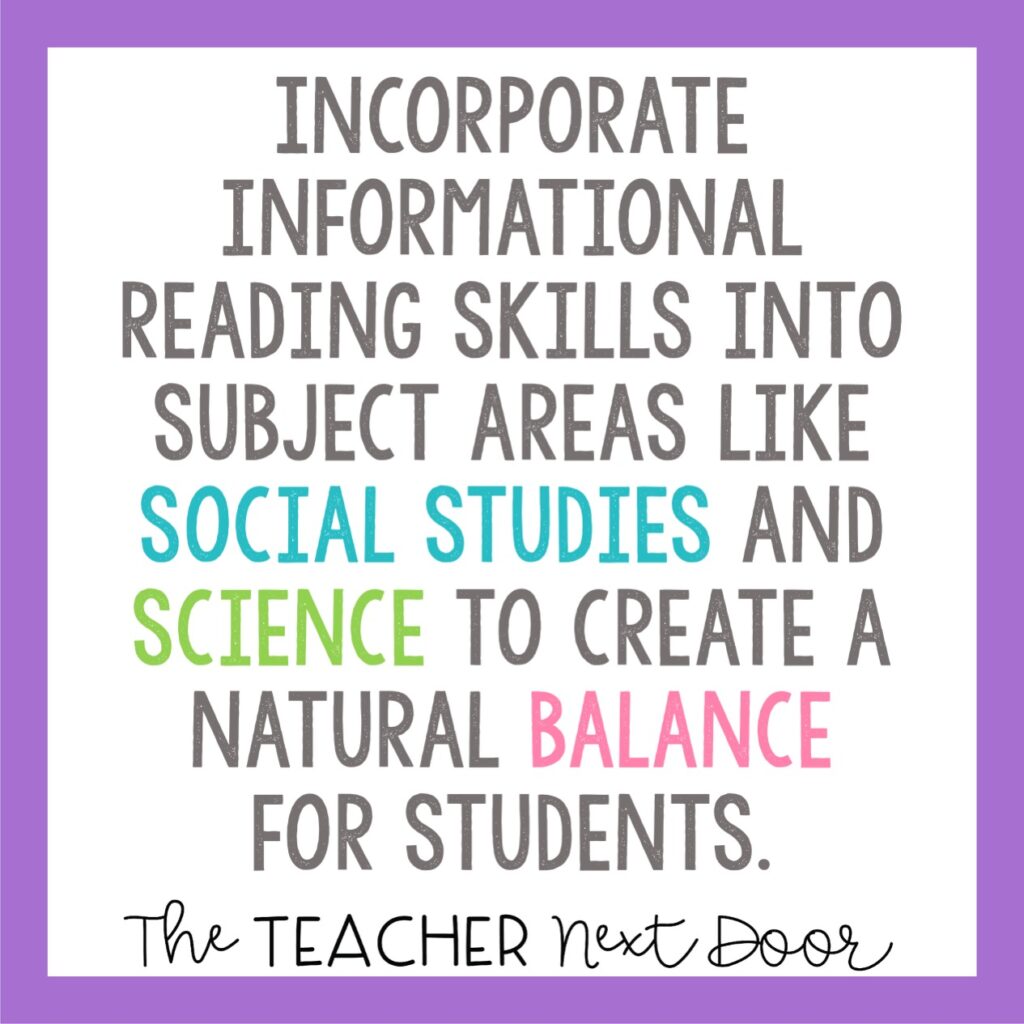
The excellent thing about this reading skill standard is that it can be incorporated into tons of other subject areas. It doesn’t have to be a separate thing on your to-do list!
In today’s post. I’m going to share some of my favorite reading strategies with you that you can teach kids to use with any informational text, whether it’s from your Language Arts curriculum, or Science, Social Studies, or something else!.
Having a variety of strategies to use is a powerful thing. Students will always be able to choose the best strategy, no matter what task they are given!
KWL Charts
This one is definitely an oldie, but a goodie! KWL charts are especially good for activating a student’s prior knowledge on a subject and are a great way to record what has been learned.
It’s simple: get a large piece of chart paper, and divide it into three sections. Label them K (for Know), W (for Want to Know or Wonder), and L (for Learned).
Before reading, tell students what the topic is, and ask what they already know about it. Record their answers in the first section. I write down everything that they say here, even if it may not be true.
(If students disagree on a fact, add it to the chart with a question mark to show you are unsure. In the end, always go back and look at the “Know” column to see if any info needs to be corrected.)
The W section is where you record everything that students want to find out or are wondering about. A lot of times, these questions build on what they put in the K section. For example, students may Know that a platypus eats worms and Wonder if they eat anything else.
The L section can be filled out after reading. Sometimes I fill in part of the Learn section during reading, especially if one of the Wonders is directly answered. Some of the things learned will answer Wonders; others will be facts that students didn’t know before.
KWL charts are versatile; you can create one for the whole class or have students do their own in notebooks. This is a great strategy to use when students are beginning to research for a writing project. Since it activates prior knowledge and gets them wondering, it naturally leads to investigation or research.
Annotate It!
I LOVE teaching my students to use annotations, especially with nonfiction text. There is something about marking up the text that makes it feel as if it’s not just there for you to passively read- when you are annotating, you get to make it your own!
I like to use an exclamation mark for interesting facts, a question mark for things that don’t make sense, and a star to mark important ideas. There are tons of other symbols you can use, and you may want to allow students to work together to come up with the symbols they’d like to use.
Annotation is great for articles that you print out, but you can also use this strategy with textbooks! Simply make a copy of the necessary pages for each student, and voila… they can mark it up to their heart’s content!
The GIST
The “gist” is essentially a way to write a summary, but it provides structure and guidance for kids to pick out the most important information.
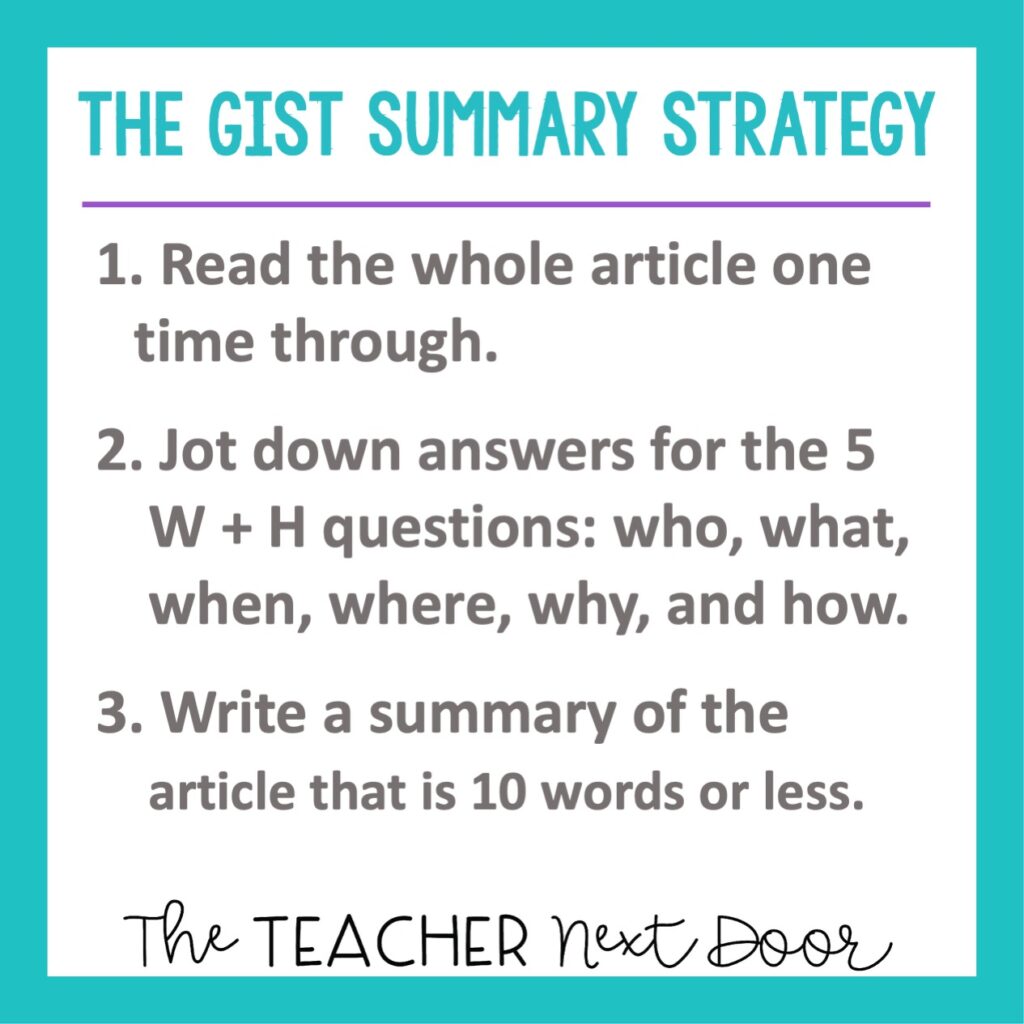
This simple but effective strategy is beneficial for dense text that students need to read a few times to understand fully.
The process looks like this (There are different versions out there, of course! This is what I’ve found to be the most effective with my students.):
- Read the whole article one time through.
- Jot down answers for the 5 W + H questions: who, what, when, where, why, and how.
- Write a summary of the article that is 10 words or less.
Since the summary is super short, students aren’t expected to answer all of the 5W + H questions- just the most important ones. Writing down the answers to these questions is meant to help kids clarify what is most important.
Of course, if the article is on the longer side, or if you feel that a 10-word summary is too short, you can change it up! Give them a 20-word limit for their summary or write a summary of each paragraph. It’s totally up to you; you can adjust this strategy to fit whatever you are doing in class!
If you find that you need more practice with understanding informational text, look no further! This Reading Comprehension Digital Unit for Google Slides provides focused reading comprehension practice with high-interest passages. There are vocabulary activities, multiple-choice questions, true-false sorting, and more! It’s also fully digital, so no prep required.
Interested in reading more? Check out these blog posts!
3 Ways to Help Students Learn from Illustrations in Informational Text
How to Inspire Students to Ask and Answer Meaningful Questions About Informational Text
The Power of Charts, Graphs, and Timelines: Can They Really Help Students Understand the Text?
Standards Alignment – RI.3.10 – By the end of the year, read and comprehend informational texts, including history/social studies, science, and technical texts, at the high end of the grades 2-3 text complexity band independently and proficiently.
